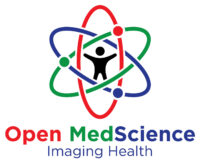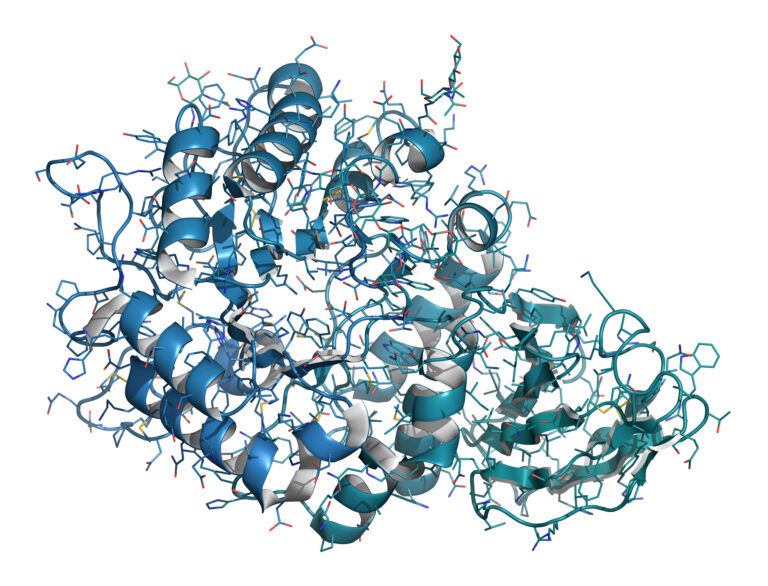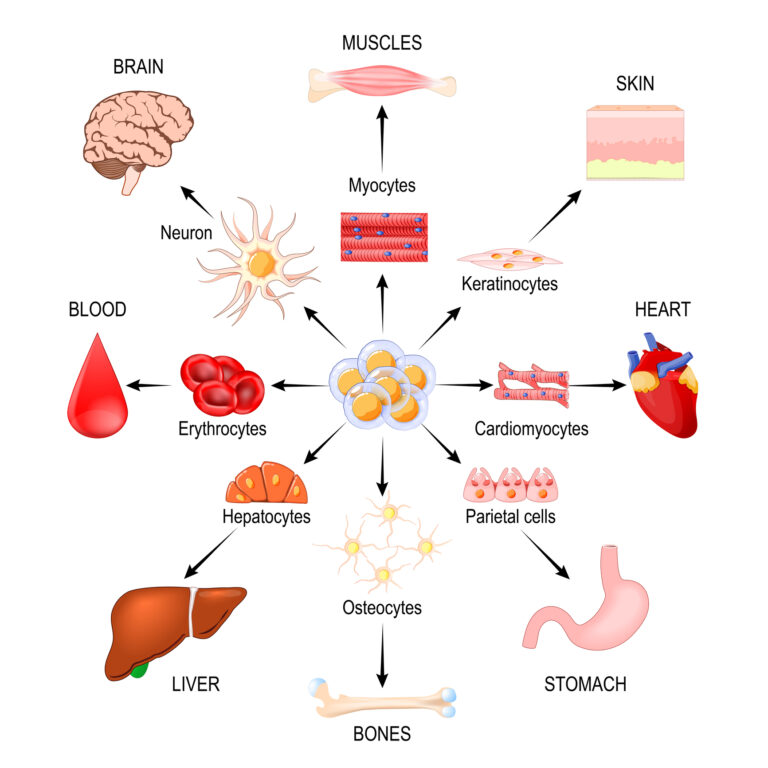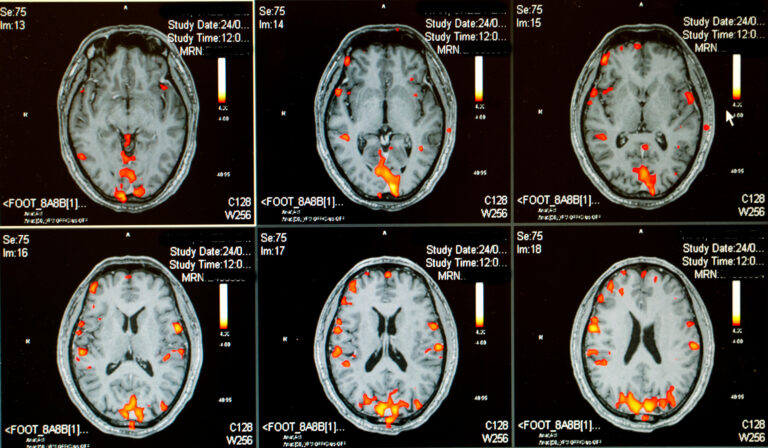Imaging in Gene Therapy
Imaging in Gene Therapy represents a promising approach to treating and potentially curing a wide range of genetic disorders by introducing, modifying, or silencing genes within a patient’s cells. As this innovative field progresses, imaging technologies play a critical role in ensuring these therapies’ success, safety, and efficacy. Imaging techniques allow researchers and clinicians to visualise, track, and assess gene delivery, expression, and therapeutic outcomes in both preclinical and clinical settings.
One of the significant challenges in gene therapy is ensuring that the therapeutic gene reaches the target cells efficiently and without causing off-target effects. Non-invasive imaging modalities, such as magnetic resonance imaging (MRI), positron emission tomography (PET), and optical imaging, are invaluable in tracking vectors’ biodistribution for gene delivery. These vectors, which often include viral carriers such as adenoviruses or non-viral options like lipid nanoparticles, can be labelled with imaging agents to monitor their movement in real-time.
For instance, PET imaging can label viral vectors with radiotracers, providing high sensitivity and quantitative data about the location and concentration of the vectors in the body. Similarly, MRI can visualise labelled vectors with excellent spatial resolution, allowing for precise localisation of gene delivery sites. Optical imaging, using techniques such as bioluminescence or fluorescence, is frequently employed in preclinical studies due to its cost-effectiveness and simplicity. However, tissue penetration issues limit its application in humans.
Beyond tracking vectors, imaging also enables the monitoring of gene expression. For example, reporter genes such as luciferase or green fluorescent protein (GFP) can be co-delivered with therapeutic genes. These reporters emit signals detectable by imaging systems, offering insight into whether the therapeutic gene is expressed at the intended site and desired level. Such information is critical for optimising gene therapy protocols.
Imaging technologies also play a pivotal role in evaluating therapeutic outcomes. Structural imaging techniques, including MRI and computed tomography (CT), can assess anatomical changes in diseased tissues, while functional imaging modalities like PET and single-photon emission computed tomography (SPECT) provide data on metabolic or molecular processes. These insights are vital for determining whether gene therapy achieves its intended effects, such as reducing tumour size, restoring normal organ function, or reversing disease pathology.
As Imaging in Gene Therapy continues to evolve, imaging will remain a cornerstone of its development. Integrating advanced imaging technologies ensures greater precision, reduces risks, and accelerates the translation of gene therapies from research to clinical application, ultimately improving patient outcomes and advancing personalised medicine.
You are here:
home » Imaging in Gene Therapy




